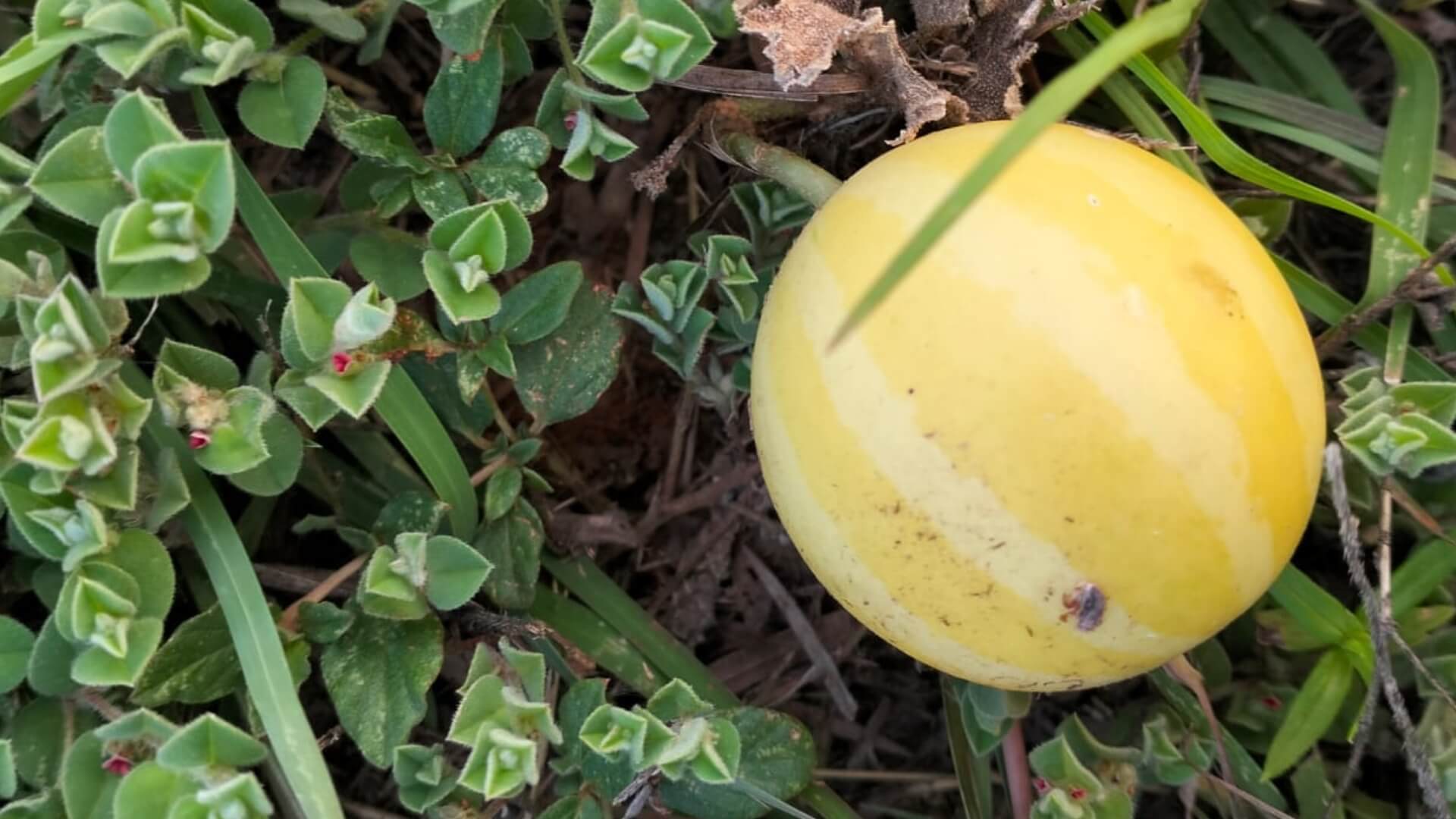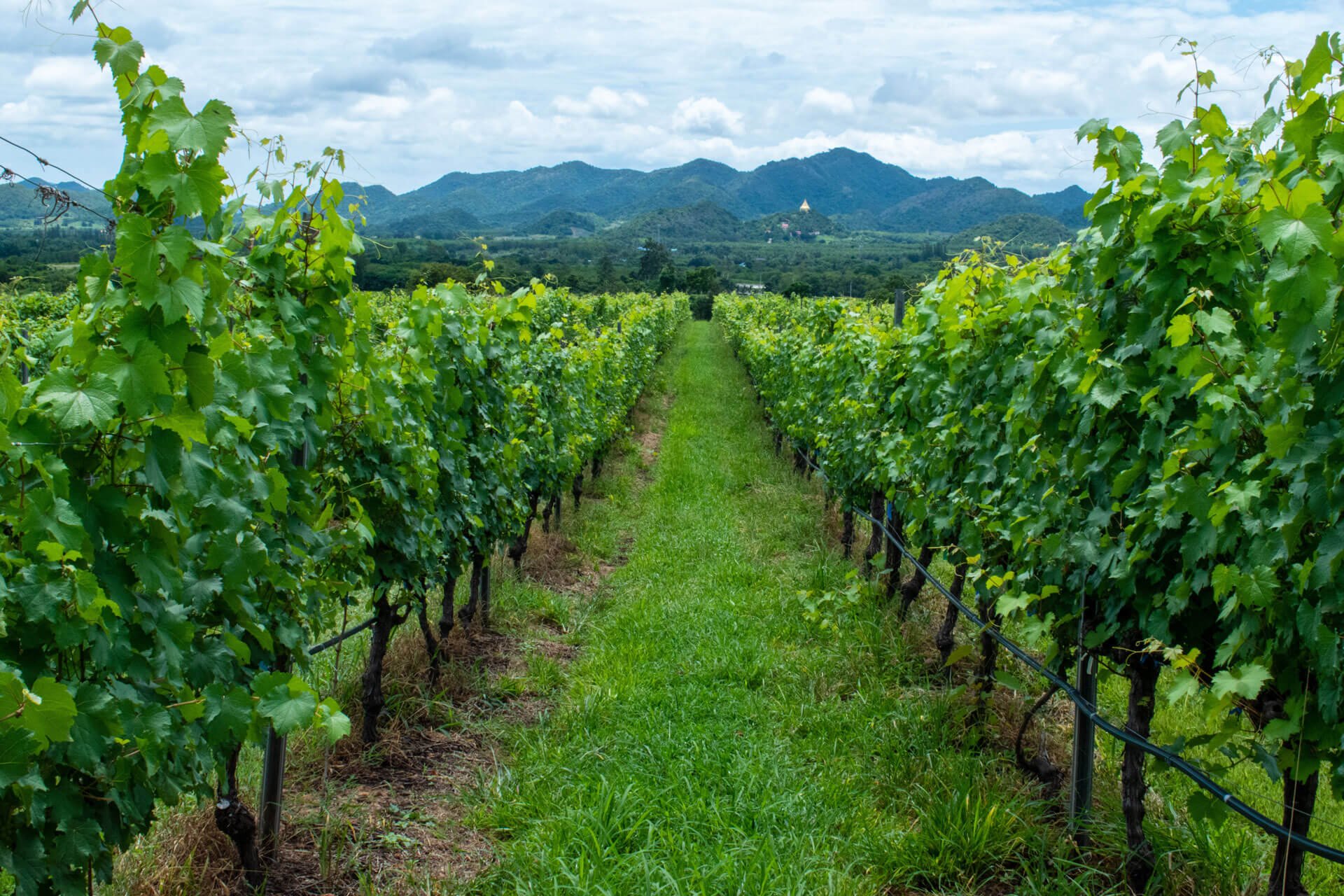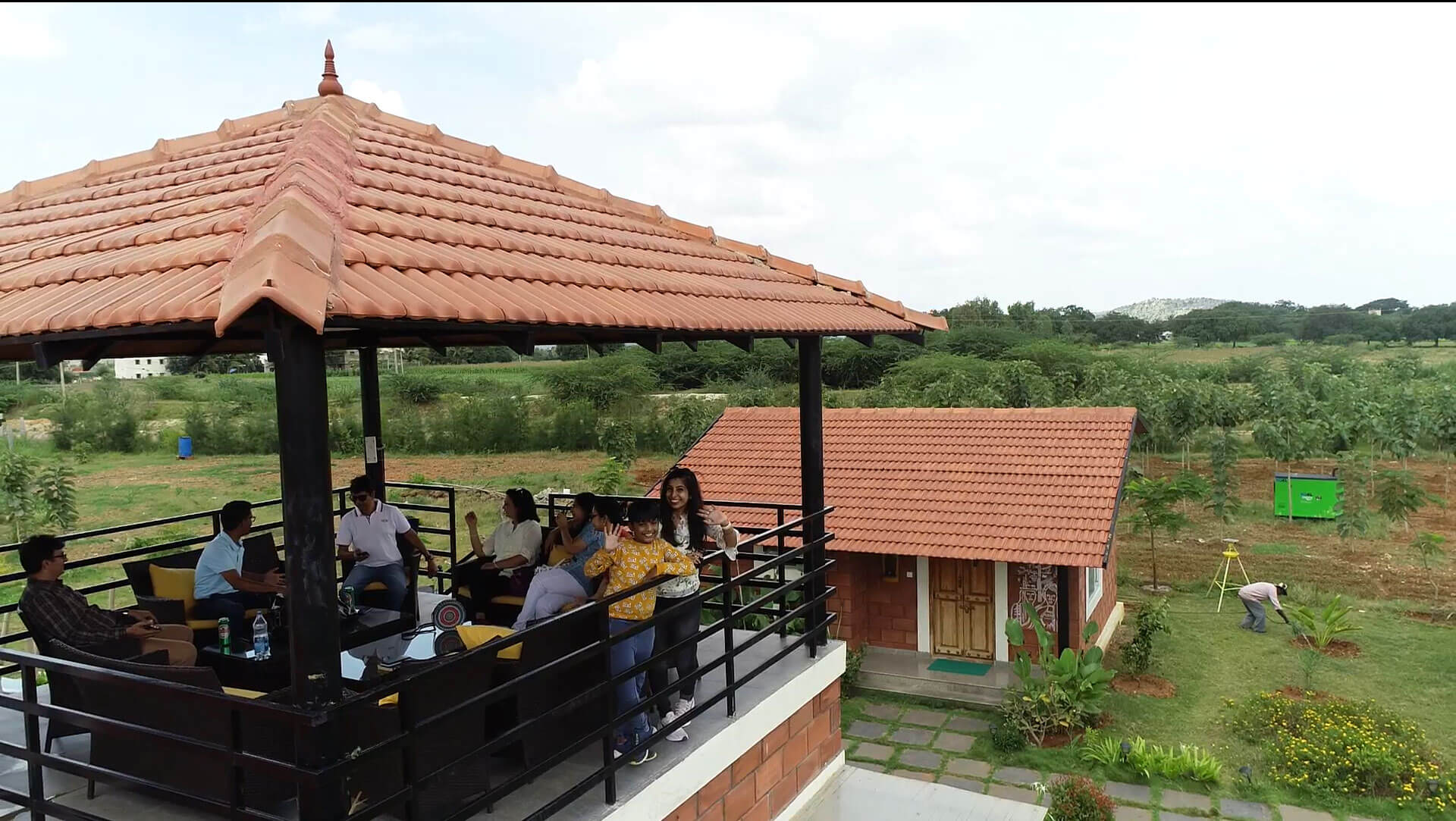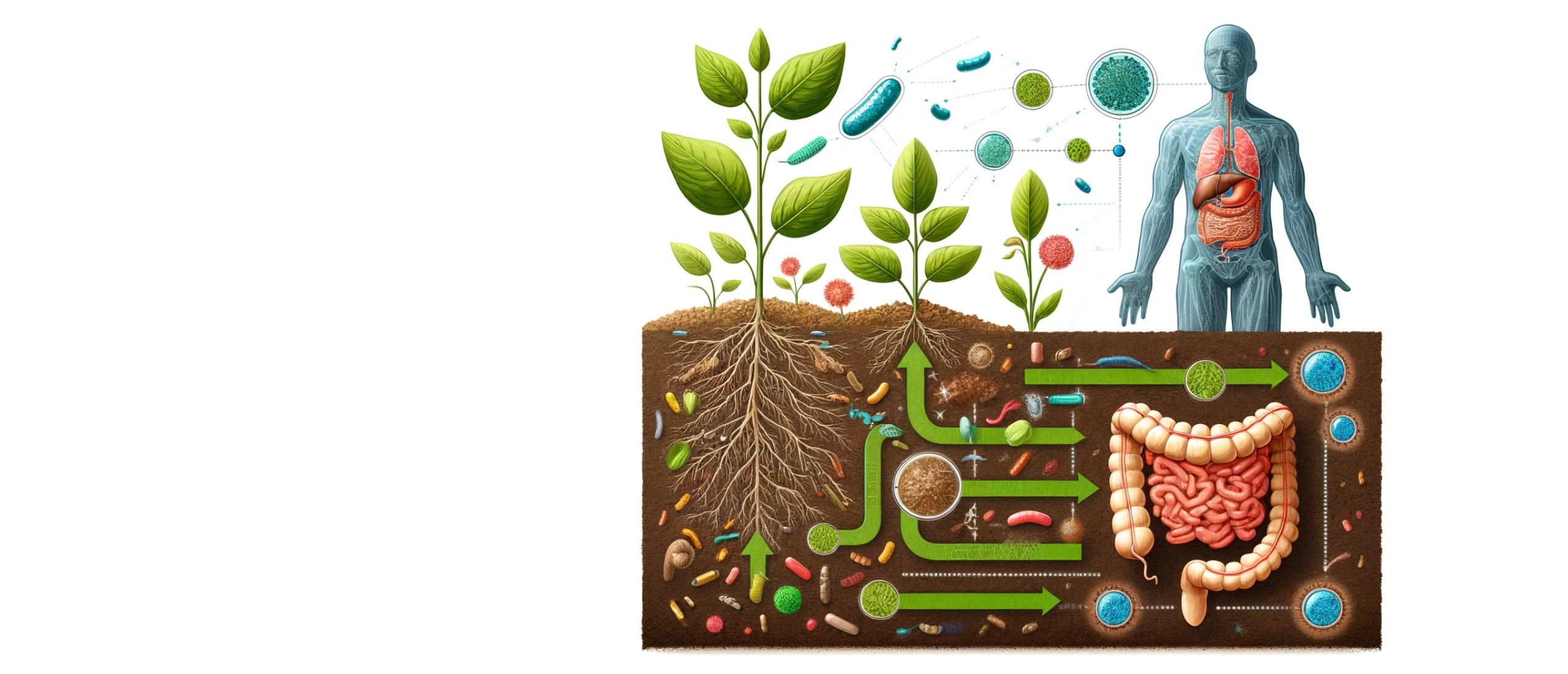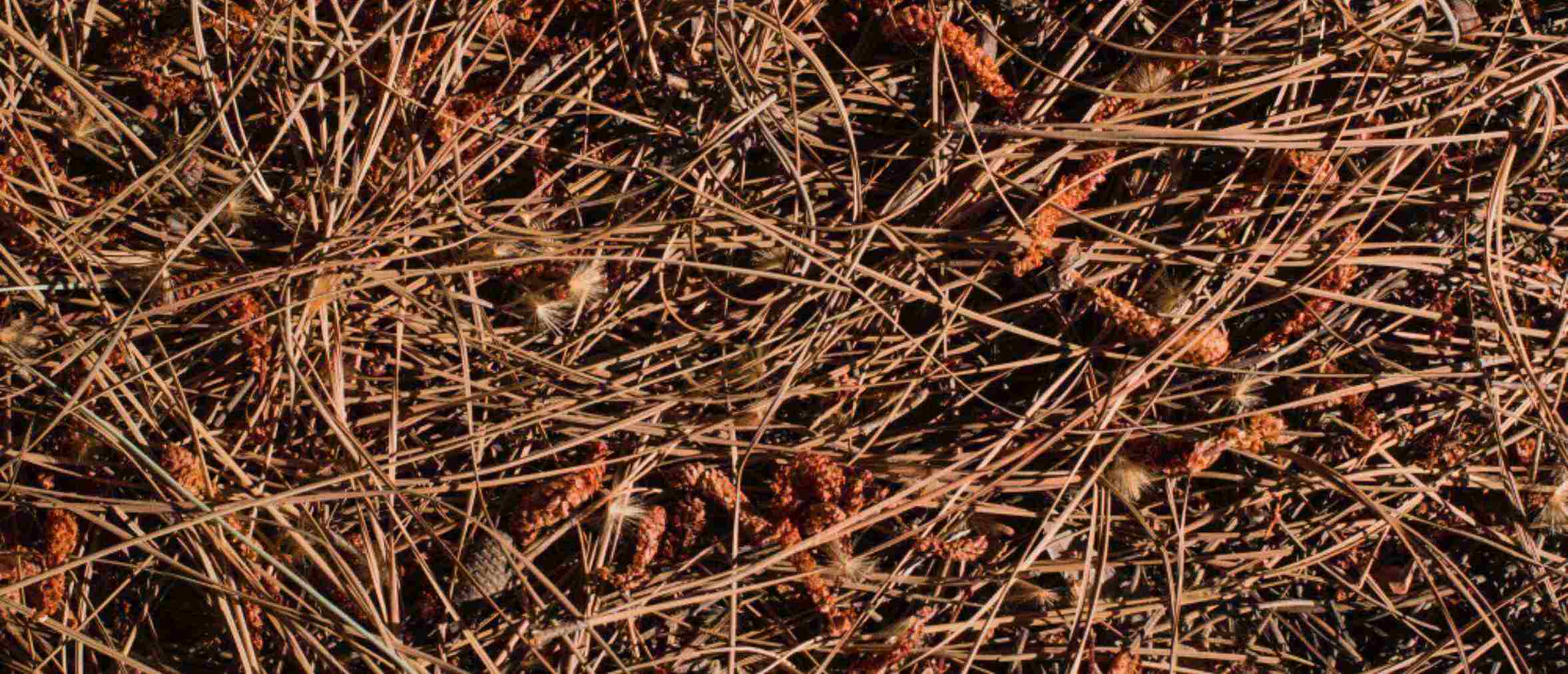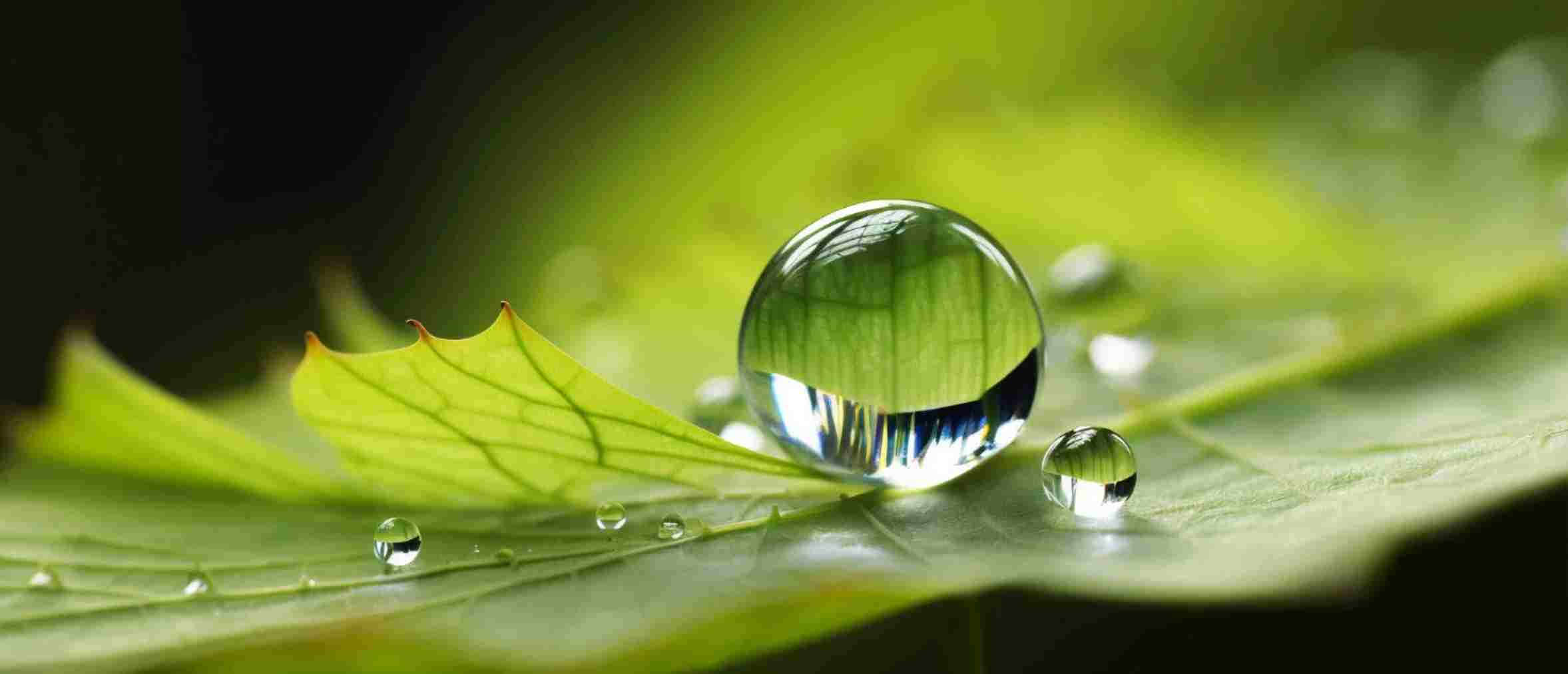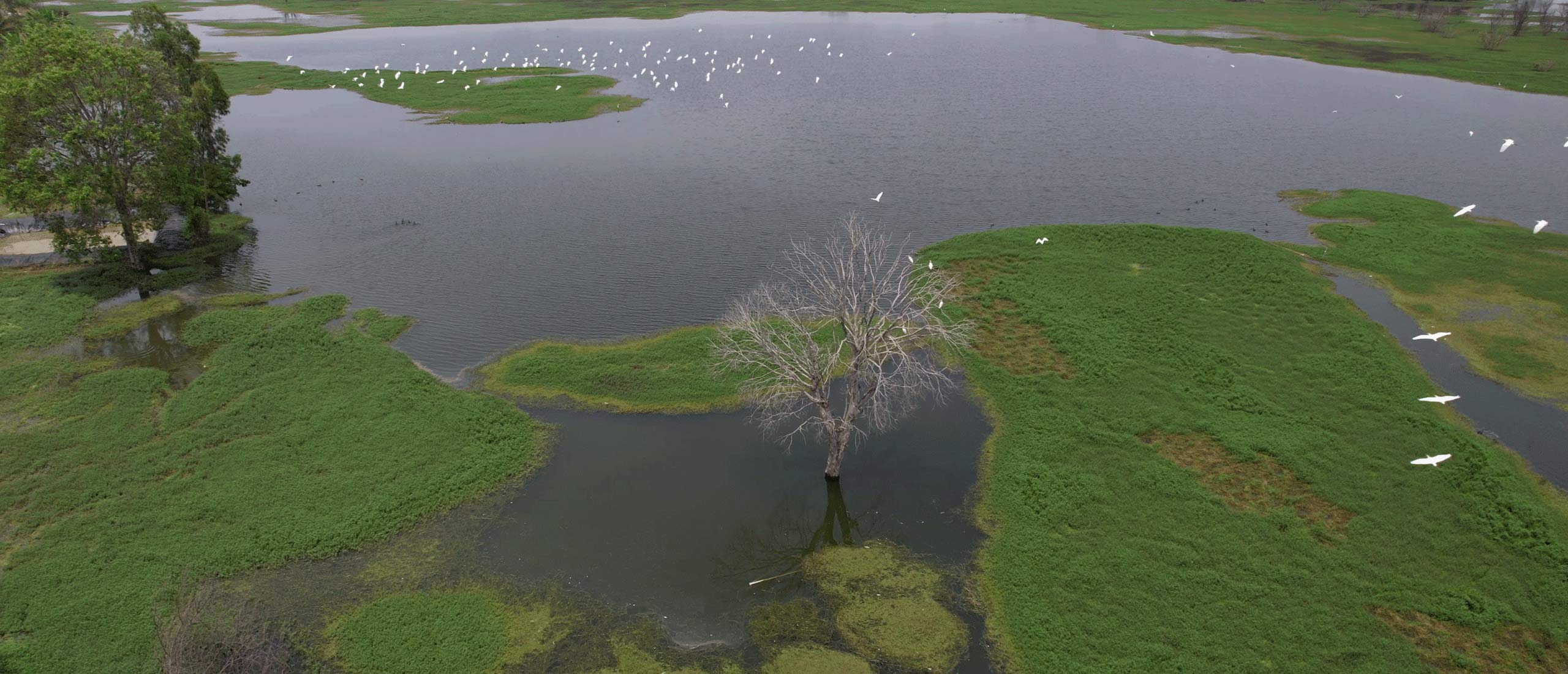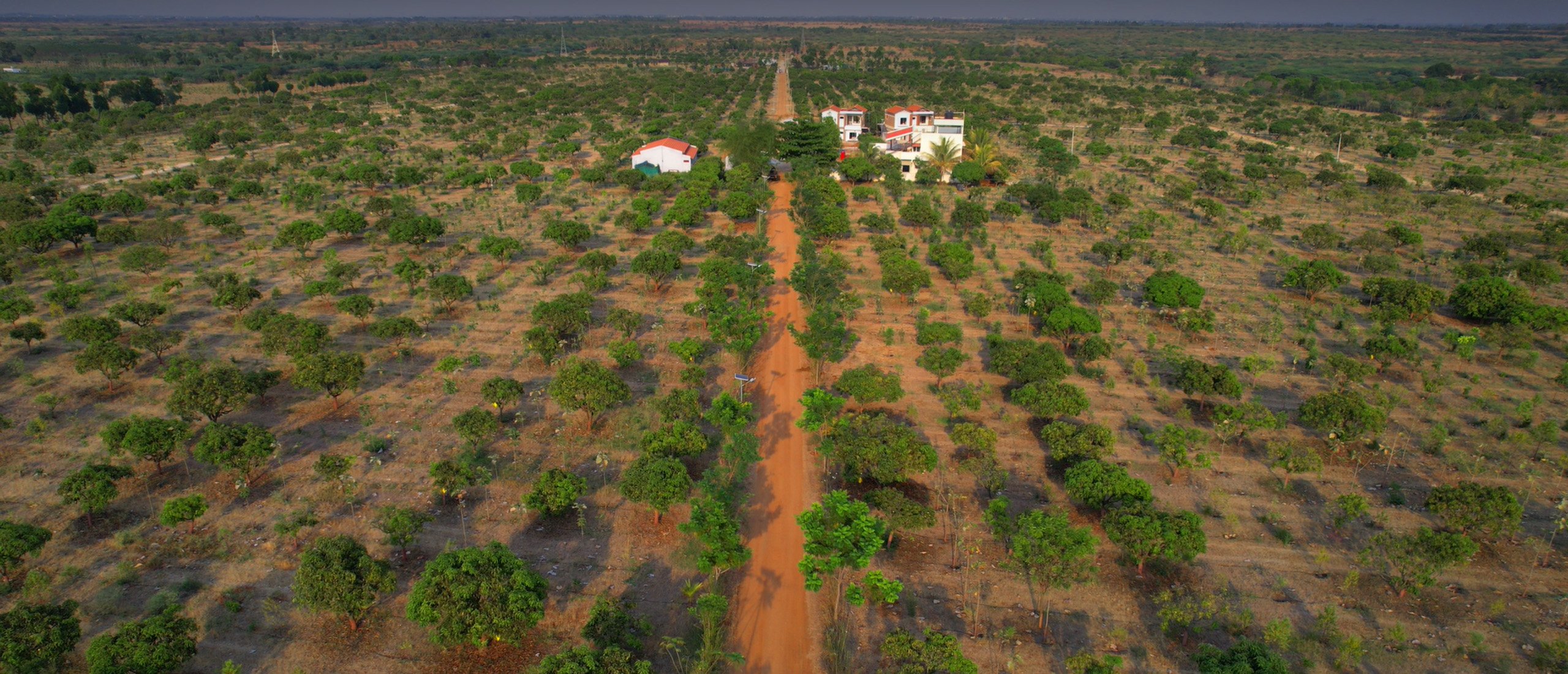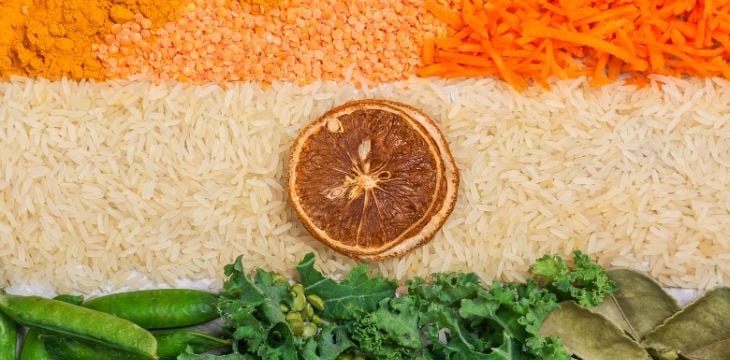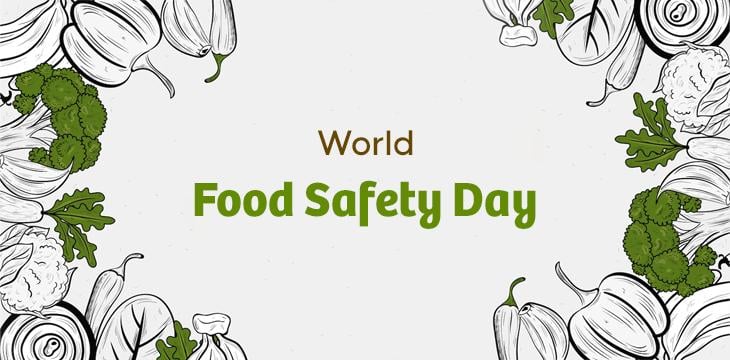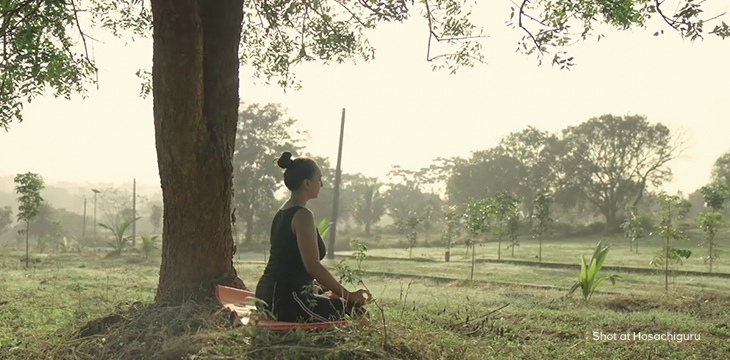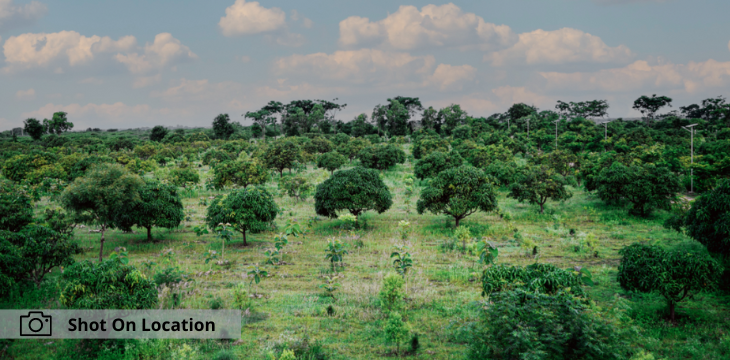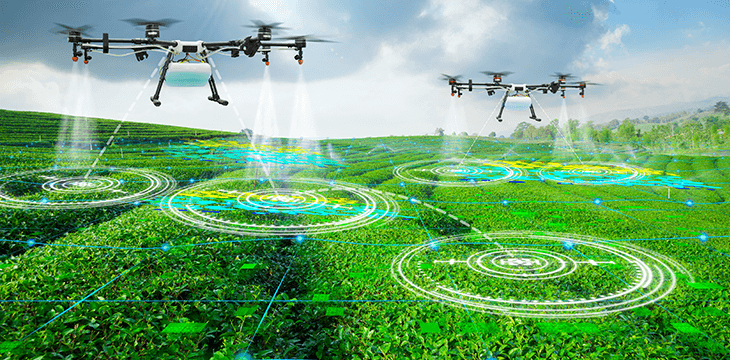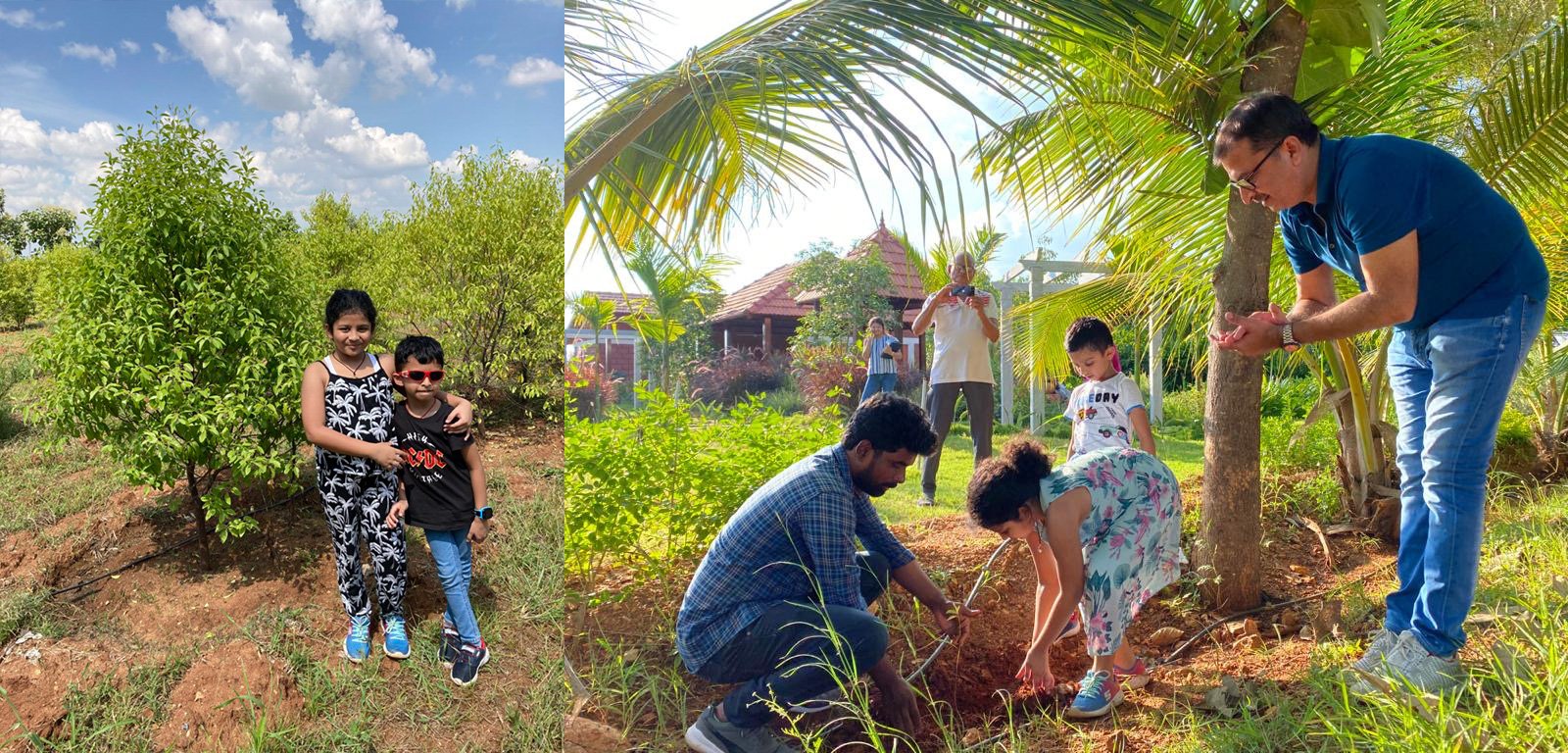March 28, 2024
Author : Srinivas Abhilash
6 Mins Read
In the ever-evolving battle against climate change, there’s a crucial need for a paradigm shift – one that transcends traditional farming methods and embraces a holistic approach. Whether you’re a small-scale gardener, a homesteader nurturing your land, or a sprawling rancher tending to vast acres, the solution lies in redefining our relationship with the earth.
Envision an interconnected web of plants, animals, soil, and water, all working together in harmony. This is the essence of permaculture, a philosophy that sees the farm not as a mere collection of parts, but as a living, breathing ecosystem. It’s a call to arms for systems thinking, acknowledging the complex relationships that shape our agricultural environments.
But how do we translate this vision into tangible results? The answer lies in embracing principles that speak to the very heart of efficiency and sustainability. Think of the Pareto Principle – the notion that 80% of results stem from 20% of efforts. By honing in on these key areas, farmers can unlock unprecedented productivity while minimizing reliance on external inputs.
And let’s not forget about Kaizen – the Japanese philosophy of continuous improvement. It’s about taking small, incremental steps towards greatness, constantly refining our practices to achieve maximum efficiency. In farming, this involves trying out new crops, improving water management, and using natural methods for pest control.
But perhaps the most transformative concept of all is that of closed-loop systems – a reflection of the profound interconnectedness of our actions and their environmental consequences. It’s about recognizing that every decision we make has ripple effects, both locally and globally. By adopting regenerative farming techniques, we can not only boost productivity but also nurture the very ecosystems that sustain us.
So, whether you’re tending to a small plot of land or overseeing acres of pasture, the path to a sustainable future begins with a shift in mindset. It’s about viewing the farm not as a battleground, but as a sanctuary – a place where humans and nature coexist in harmony. This symbiotic relationship holds the promise of a brighter future. Hedgerows, simple yet powerful, showcase these principles in action, serving as a key tool in permaculture setups.
At Hosachiguru managed farmlands, we are constantly improving efficiency and sustainability through experimentation with new crops and natural pest control. We integrate hedgerows into our permaculture setups as living examples of these principles. These hedgerows serve multiple functions, enhancing soil fertility, reducing erosion, and supporting biodiversity.
Our primary focus lies in cultivating expansive agro-food forests, dedicated to enhancing soil fertility, bolstering groundwater levels, and preserving moisture. Through our methods, we stimulate microbial activity and cultivate fungi networks, nurturing robust and vibrant ecosystems.
Hedgerows
Hedgerows, those picturesque rows of trees and shrubs, aren’t just scenery; they’re the unsung heroes of agricultural landscapes worldwide. Think of them as nature’s Swiss army knife, offering an array of benefits that go beyond mere aesthetics. From delineating fields to providing essential resources like food, fuel, and timber, hedgerows have been intertwined with farming since time immemorial.
But their value doesn’t stop there. These green barriers, adorned with plants like hawthorn, blackthorn, and oak etc, are buzzing hubs of biodiversity, sheltering wildlife and supporting a rich web of life. It’s like having a bustling metropolis hidden in plain sight!
Different types of hedgerows cater to various environments and purposes:
- Native hedgerows thrive in rural areas, supporting local wildlife and biodiversity conservation.
- Agricultural hedgerows serve multiple functions like windbreaks and erosion control in farming regions.
- Decorative hedgerows enhance gardens and urban landscapes with carefully selected plants for aesthetic appeal and privacy.
They are more than just pretty plants – they’re carbon warriors, capturing and storing CO2, regulating wind and soil erosion. In cities, they’re like wildlife havens, bridging urban and rural habitats. They’re adaptable champions, fitting into modern farming and urban landscapes alike. Whether you’re a farmer or nature lover, hedgerows help productivity while caring for the planet before profits. It’s about sustainable farming and community benefits for the long haul.
Let’s roll up our sleeves and dig into the dirt, sowing the seeds of transformation—one hedge, one farm, one community at a time. Incorporating hedgerows isn’t merely a choice; it’s a commitment to building a better world. Let us explore the comprehensive benefits of hedgerows in the table below.
| Criteria | Value Addition by Hedgerows |
| Biodiversity | Hedgerows promote biodiversity by providing habitats for various wildlife and insects. Hedgerows boast a rich variety of plant species, offering structural diversity that attracts various wildlife, from birds like robins and wrens to insects like spiders, mites, and flies. |
| Wind Breaks | Act as natural barriers, shielding farmland and dwellings from strong winds, reducing erosion and creating calmer microclimates. |
| Light Funnels | Allow dappled sunlight, benefiting plant growth and hedgerow ecosystem organisms. |
| Harvest a Crop | Provide sustainable resources like food, medicine, fodder, and wood. |
| Beneficial Trees & Shrubs | Offer multiple benefits such as attracting pollinators, controlling dust and wind, and increasing farm resilience. |
| Aesthetics | Enhance visual appeal, add texture, and define property lines. |
| Creates Microclimates | Influence temperature and moisture levels, mitigating weather extremes. |
| Farm & Garden Productivity | Boost productivity and profitability, reduce irrigation needs, and fencing costs.
Practices like less frequent cutting, allowing hedgerows to grow taller and wider, and staggering cutting times can enhance floral and berry production, benefiting wildlife and farm productivity. |
| Home & Garden Security | Provide natural barriers, deter intruders, and enhance privacy. |
| Improved Liveability | Provide shade in summer, windbreaks in winter, and reduce heating/cooling costs. |
| Reduced Pest Pressures | Provide habitat for beneficial insects, reducing pest and disease pressures. |
| Increased Pollinators | Attract bees, butterflies, bumblebees, hoverflies, moths, butterflies, and even beetles, essential for producing food for creatures like birds, badgers, and pine martens and native flora, contributing to ecosystem health. |
| Increased Soil Health | Contribute organic matter, improve soil structure, and fertility. |
| Improved Water Health | Reduce runoff, filter pollutants, and promote groundwater recharge. |
| Increased Ecosystem Health | Support diverse species, enhance biodiversity, and ecosystem resilience. |
| Fight Climate Change | Sequester carbon, mitigate greenhouse gas emissions, and reduce atmospheric carbon levels. |
| More Food, Less Work | Low-maintenance yet highly productive, offering significant output with minimal input. |
Biological Pest Control
Hedgerows are nature’s superhero hideouts, housing a diverse array of beneficial insects and critters that keep pests in check without the need for expensive chemicals. Planting hedgerows around mandala gardens or vegetable patches not only enhances biodiversity and soil health but also provides a natural solution for pest management. By embracing hedgerows, small-scale farmers can foster thriving ecosystems, reduce reliance on costly pesticides, and promote sustainable agriculture for a greener, healthier future. Below is a table outlining beneficial insects attracted to hedgerows and the corresponding plants and crops that benefit from their presence:
| Beneficial Insect | Permaculture Crops Benefited |
| Ladybugs | Tomatoes, Beans, Peppers, Fruit Trees |
| Lacewings | Broccoli, Cauliflower, Kale, Citrus Trees |
| Hoverflies | Squash, Cucumbers, Melons, Berry Bushes |
| Parasitic Wasps | Cabbage, Brussels Sprouts, Apple Trees |
| Ground Beetles | Carrots, Potatoes, Beets, Nut Trees |
| Spiders | General pest control in all crops |
| Bats | Major predators of night-flying insects; prefer hedgerows with standard trees and dicot-rich sites, favouring diverse landscape features |
| Hedgerow Vertebrates | General pest control in all crops |
Harnessing Hedgerows at Dhaanvi Farms
At Dhaanvi farms by Hosachiguru, we grow and maintain Hedgerows that consist of a wide palette of edible, ornamental and medicinal plants such as oleander, calotropis, hibiscus, aloe vera, moringa, henna, mulberry and many more.
They serve in enhancing soil fertility, preventing erosion, aiding pollination, and replenishing groundwater. By adopting such decentralized approaches, we along with our co-farmers unlock the potential for self-sustaining productivity while minimizing reliance on external inputs and labour-intensive practices.
All the farmplots at Hosachiguru’s Dhaanvi Farms, that is just a short drive from Kanakpura town, have these natural multitaskers that not only demarcate boundaries but also foster biodiversity and microclimates.
We believe in working with nature, not against it. That’s why we’ve embraced permaculture ethics and regenerative farming practices, integrating features like hedgerows into our landscape. This collaboration unlocks the potential for self-sustaining productivity while minimizing reliance on external inputs and labour-intensive practices.
We’ve also encouraged our co-farmers to incorporate trellises and vertical gardening structures along the edges of the hedgerows. Vining crops like cucumbers, peas, and beans reach for the sky, maximizing sunlight exposure and making the most of vertical space.
And let’s not forget about the pollinators! By integrating medicinal and aromatic plants into our hedgerows, we’ve created vibrant hubs buzzing with activity. Bees and butterflies’ flit from flower to flower, ensuring the health and productivity of our crops.
We take pride in providing our co-farmers at Dhaanvi farms with a diverse selection of native species for hedgerow plantations. These plants not only enhance the value of the farmplots but also offer tangible benefits, such as yielding herbs and medicines. Lets have a detailed look at the table:
| Hedgerow Species | Benefits |
| Sesbania grandiflora | Nitrogen fixation, biomass, fodder, edible leaves/flowers |
| Vitex negundo | Medicine, fencing, hedge, windbreak, insect repellent |
| Murraya paniculata | Medicine, living fence, hedge |
| Hamelia patens | Pollinator attractor, medicine |
| Nerium oleander | Traditional medicine (hemorrhoids, ulcers, leprosy), essential oil, insect repellent |
| Cymbopogon nardus | Insect repellent, hedge, soil stabilization, poisonous |
| Tabernaemontana divaricata | Essential oil, medicine, insect repellent |
| Caesalpinia pulcherrima | Medicine, dye, nitrogen fixer |
| Calotropis gigantea | Medicine, butterfly attractor, green manure |
| Ricinus communis | Pest detractor, medicine, oil, living fence, fibre, insect repellent |
| Aloe barbadensis | Medicine, cosmetics |
| Moringo oleifera | Edible leaves/flowers/pods, fodder, bees, medicine, living fence |
| Cnidoscolus aconitifolius | Edible leaves/shoots, fodder, chicken feed |
At Dhaanvi Farms, hedgerows are more than just scenic additions—they’re the pulsating heart of our landscape, teeming with life and vitality. If you’re curious about how hedgerows can revolutionize your farming or gardening journey, we warmly invite you to Dhaanvi Farms. Come explore with us and uncover the magic they hold in combating climate change and nurturing biodiversity. Join us in our quest towards a greener tomorrow, where each hedge planted signifies a stride towards a more sustainable future.













